If there is one aspect for which Reggio Emilia is famous throughout the world, it is the “Reggio Emilia Approach,” an educational philosophy that is based on the strong developmental potential of children and their being considered as subjects of rights. It is therefore no coincidence that the Reggio Emilia Civic Museums are daily and cheerfully invaded by hosts of children and young people who, thanks to the educational activities held there, can discover the history of their city, the art that has sprung from it, and the particular aspects that connote it, such as the birth of the Tricolor, proclaimed the banner of the Cispadane Republic precisely in Reggio on January 7, 1797. Museum attendance by adults is no less impressive, and the numbers prove it: during 2024 there were more than 200,000 (total admissions to permanent venues, exhibitions, plus participation in events and guided tours) visitors to the many venues of the civic network, including the Palazzo dei Musei (156.248 visits) the Parmeggiani Gallery (10,241), the Tricolor Museum (18,756), the Museum of the History of Psychiatry (3,098) and the Mauritian Museum (1,982). The bond between Reggio Emilia’s citizens and cultural venues is undeniably strong (the municipal investment, for more than 20 years, in the Fotografia Europea festival also testifies to this), and it is from this bond that a profound rethinking of the location of the Palazzo dei Musei, which was presented to the public four years ago with a new look, the result of the work of architect Italo Rota (a Milanese architect and designer who passed away on April 6, 2024) together with the internal teams and all the people of Reggio Emilia who were actively involved in the various design phases.
So let us focus the story on the Palazzo dei Musei (admission, by the way, is free) because it represents a significant case history in the contemporary Italian museum scene. Let us begin, however, with history: the first collection to be housed in the palace since 1830 was the naturalistic collection of biologist and scientist Lazzaro Spallanzani, purchased by the Municipality of Reggio in 1799. About thirty years later the priest and patriot Gaetano Chierici founded in the same building the Cabinet of Homeland Antiquities, named since 1870 “Museo di Storia Patria,” later renamed “Gaetano Chierici” Museum of Palethnology. These two permanent exhibits can be accessed after passing through the vestibule and the Atrium of the Museums where, as in a picture gallery, mosaic fragments from the Roman and medieval ages found during excavations and discoveries conducted in the city and neighboring territories are placed (the Two birds of prey with intertwined necks from the late 11th century and the so-called Milio campanario from the second quarter of the 12th century are stupendous). Also linking the Spallanzani and Chierici collections is, in the area opposite the entrance, the Portico dei Marmi, with stone artifacts and inscriptions dating from the Roman period to the 18th century. The second floor of the museum is thus characterized by historical displays with an encyclopedic flavor and full of fascination: in Spallanzani’s 18th-century cabinets, a brief compendium of the animal kingdom unfolds, following Linnean systematics: Huge stuffed fish suspended in the center of the gallery, precious artifacts such as the amber checker game or agate boxes, Wunderkammer curiosities and even playfully assembled creatures, half natural and half artificial, stand out. The Chierici collection, on the other hand, includes (among a myriad of objects from Reggio Emilia, Italy and around the world) tombs from prehistoric times with their skeletons on view and stuffed animals in positions dramatized so as to evoke scenes of predation (a lioness attacking a zebra, for example), to the delight and terror of young visitors.
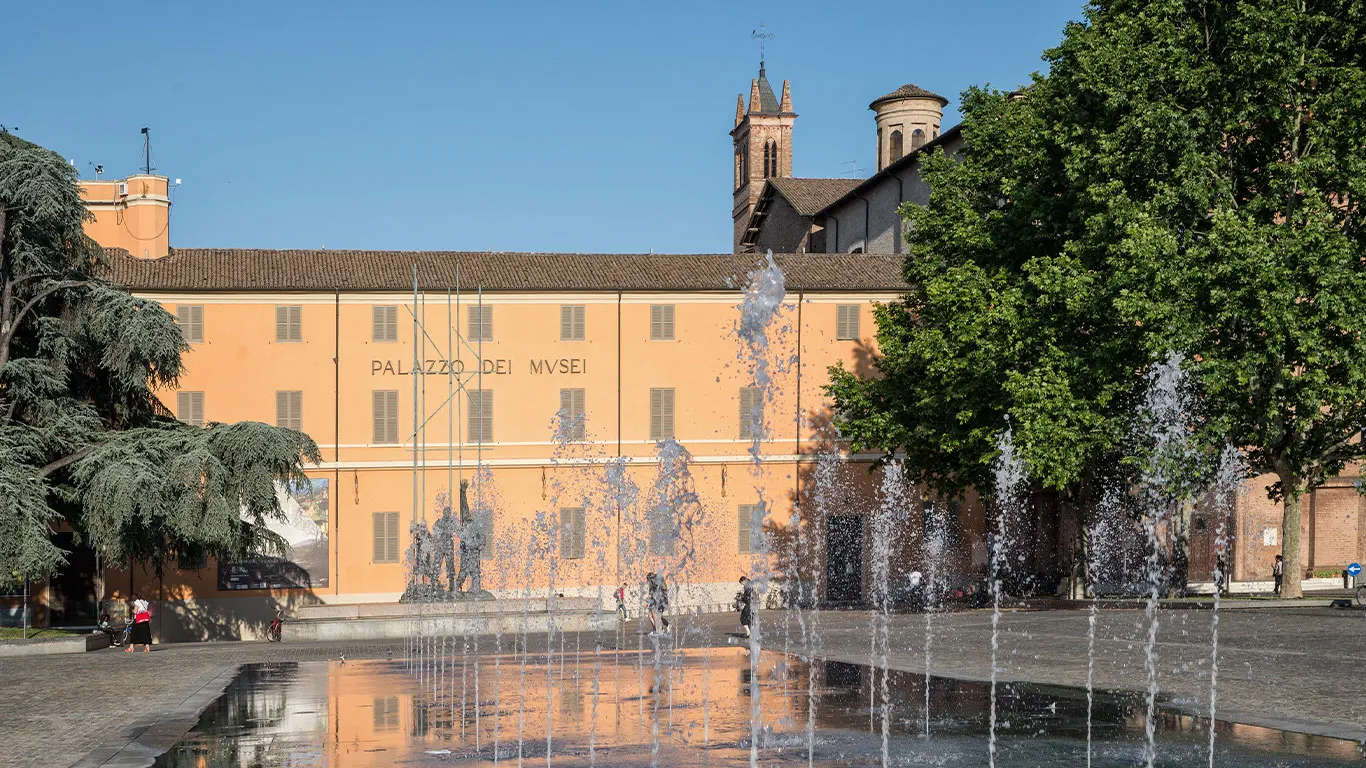
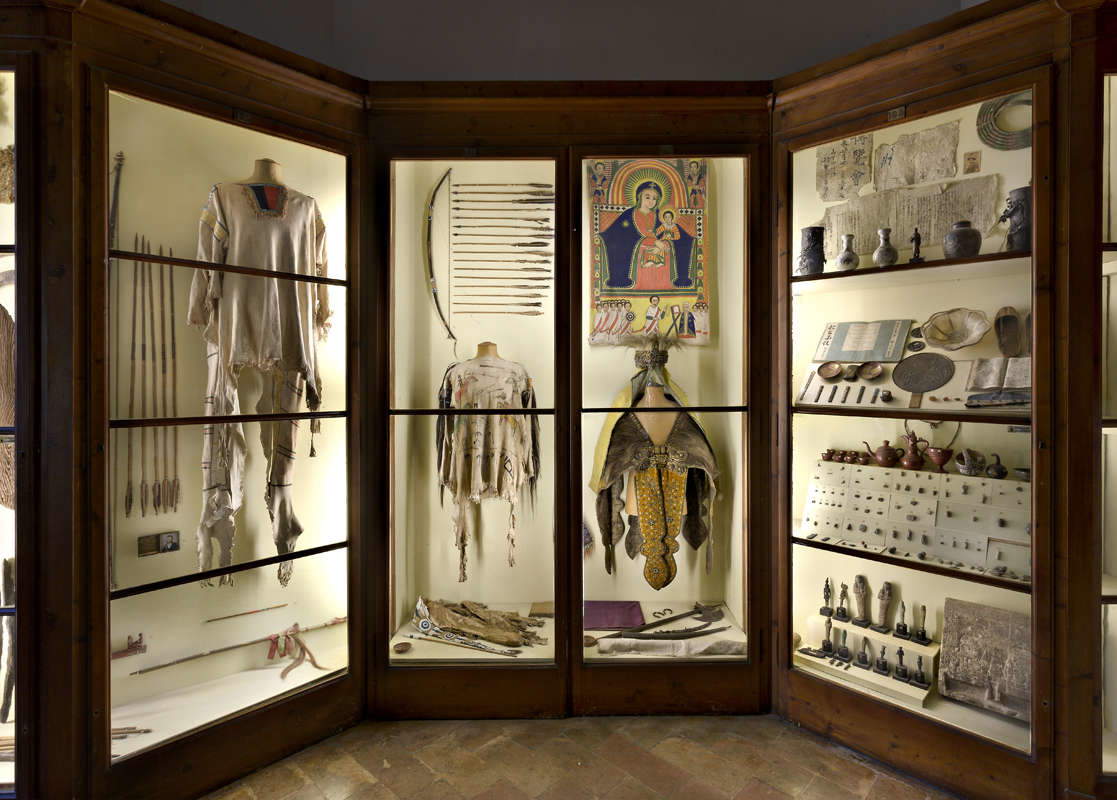
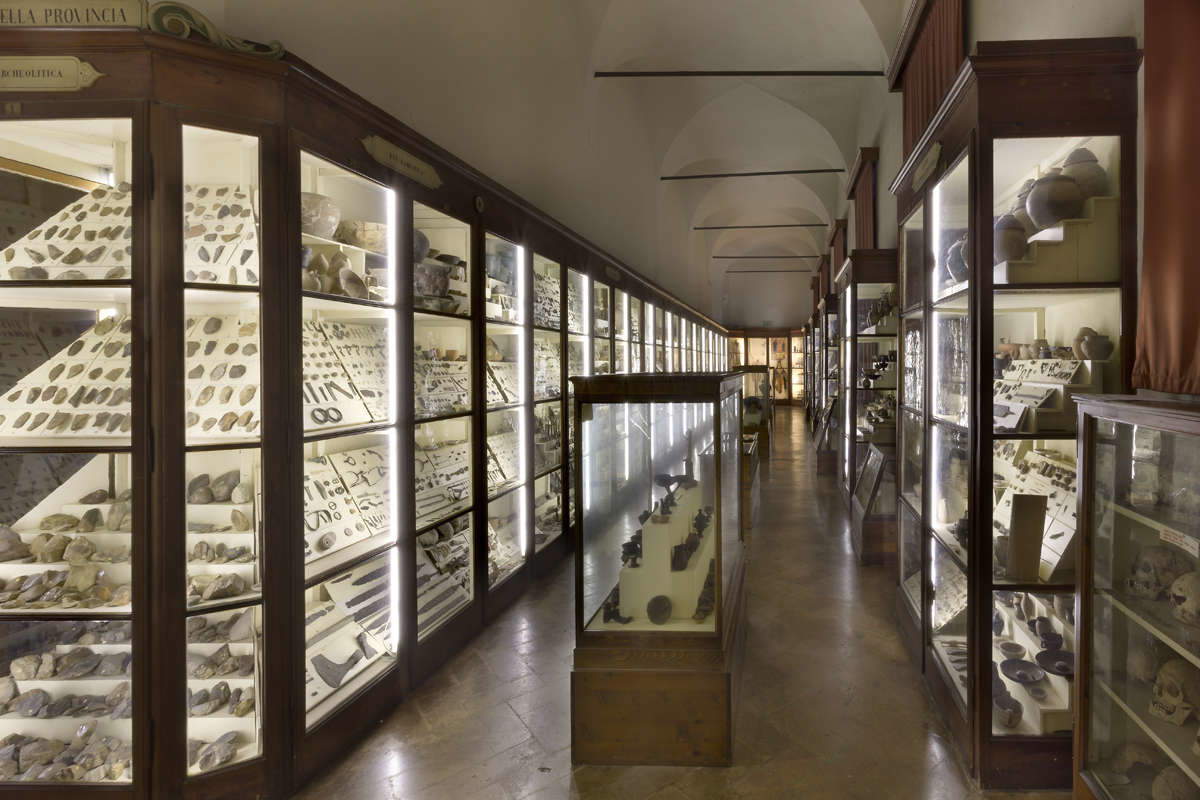
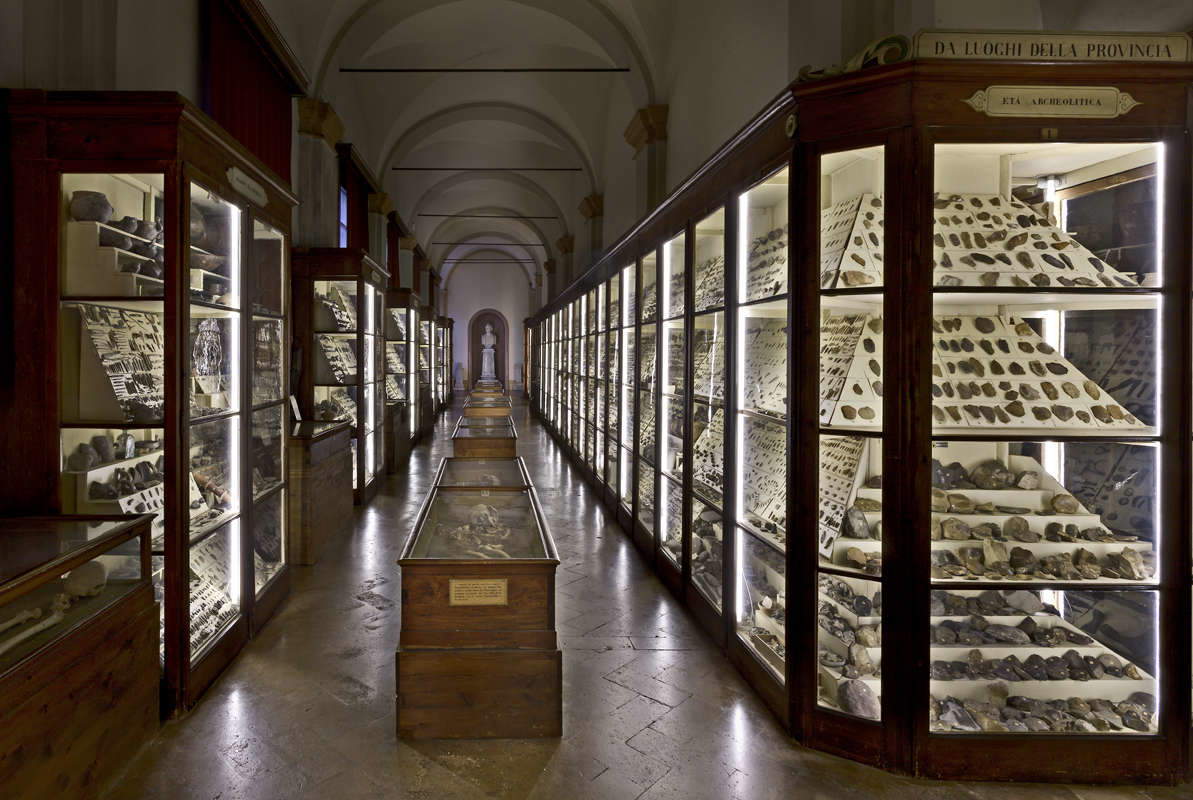


But the museum’s coup happens on the second floor, the heart of the redesign signed by Italo Rota and opening in 2021. The definition that guided the project was “archive of the commons,” and the model that inspired the architect and the museum staff (at the time, Elisabetta Farioli was the director) was the one theorized by Claire Bishop in her study Radical Museology published in London in 2013. The result is an exhibition that solicits an active role of the visitor, who is asked to participate in the reading of the paths and to continually question and reinvent what he or she sees. An approach moreover consistent with the definition of a museum recently elaborated by Icom International, which defines it as a “privileged activator of practices of democracy, inclusion, well-being, creativity, critical thinking, in the continuous dialogue between memories of the past and visions of the new to come,” as Elisabetta Farioli reports in her essay A New Life. The Reggio Emilia Museum “case” as a laboratory of a new museology (in I am museum, Forma Editions, 2021, p. 249). “The museum becomes a dynamic space, no longer just an exhibition case, but a stimulus for comparison and even judgment,” Rota adds, and so in Reggio Emilia the sensory experience becomes useful for remembering the past and imagining the future.
At the base of the monumental staircase, one first encounters the Venus of Chiozza, one of the oldest Paleolithic Venuses found in 1940 in the locality of the same name and which was chosen to be left in the ancient armored safe, obviously with the doors open, in which it has always been kept. A striking incipit, next to which is a work that immediately forces a temporal short-circuit: the 1998 Delocazione by Claudio Parmiggiani, one of the greatest living Italian artists, who was born in Luzzara (Reggio Emilia) in 1943 and whose permanent collection boasts other notable pieces, such as the extraordinary Cross of Light located on the third floor.
In the four galleries arranged in a quadrilateral pattern, Rota has designed large showcases in which historical objects, interacting with continuous photographic quotations and video apparatus (those created ad hoc are by Francesca Grassi), provide a continuous and dynamic narrative, thus allowing for gaps in the timeline and between different cultures and revealing the identity of the Reggio Emilia area from unexpected points of view. The didactic tools are numerous, in-depth and arranged as on a hypothetical scholar’s desk where detailed news, fact sheets and comparison drawings intersect. Photography, moreover, is the driver that guides the entire journey, “not as a descriptive aid, but as a contemporary artistic expression capable of resignifying the Museum’s materials and putting them in contact with contemporaneity” (Farioli, cit., p. 247). Here then unfolds, along the dark corridor, the tale of prehistory with the remains of a stone-working workshop juxtaposed with Ermanno Olmi’s documentary I grandi semplici that pays homage to man’s ability to create useful objects for everyday life in every age. In the focus on the agricultural revolution, in addition to ancient artifacts and stuffed animals similar to those our ancestors might have encountered, fake packages of spelt, a cereal that we can still buy in supermarkets today, peep out. Then the Copper Age and the evocation of Ötzi via a contemporary high mountain hiking tool kit, very similar to those used by the Similaun Man, as indeed is identical to a copper axe kept in the Chierici collection downstairs. There is also a handsome wolf peeking its head out of a hole drilled in the glass, as if sniffing out the humans that pass in front of it and anticipating the process of domestication.
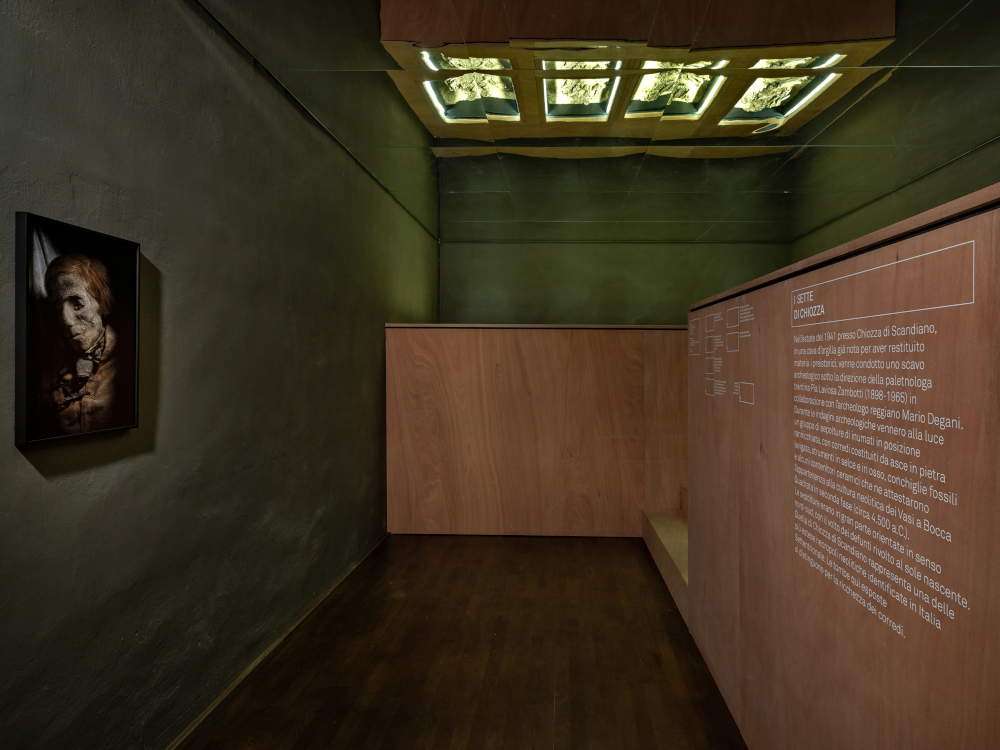
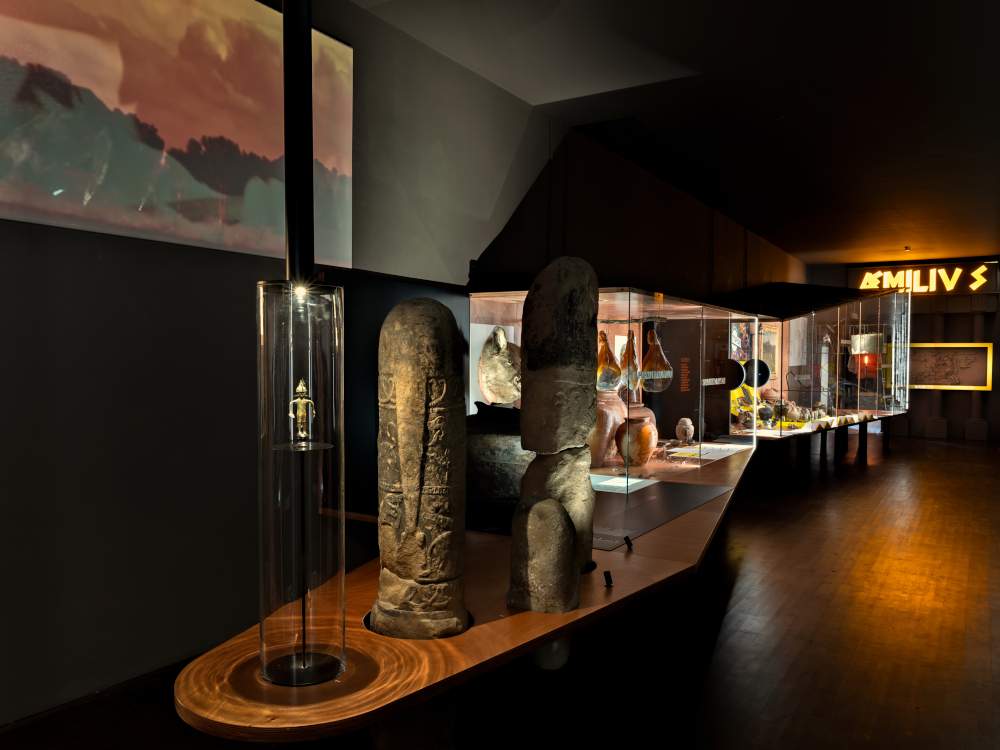
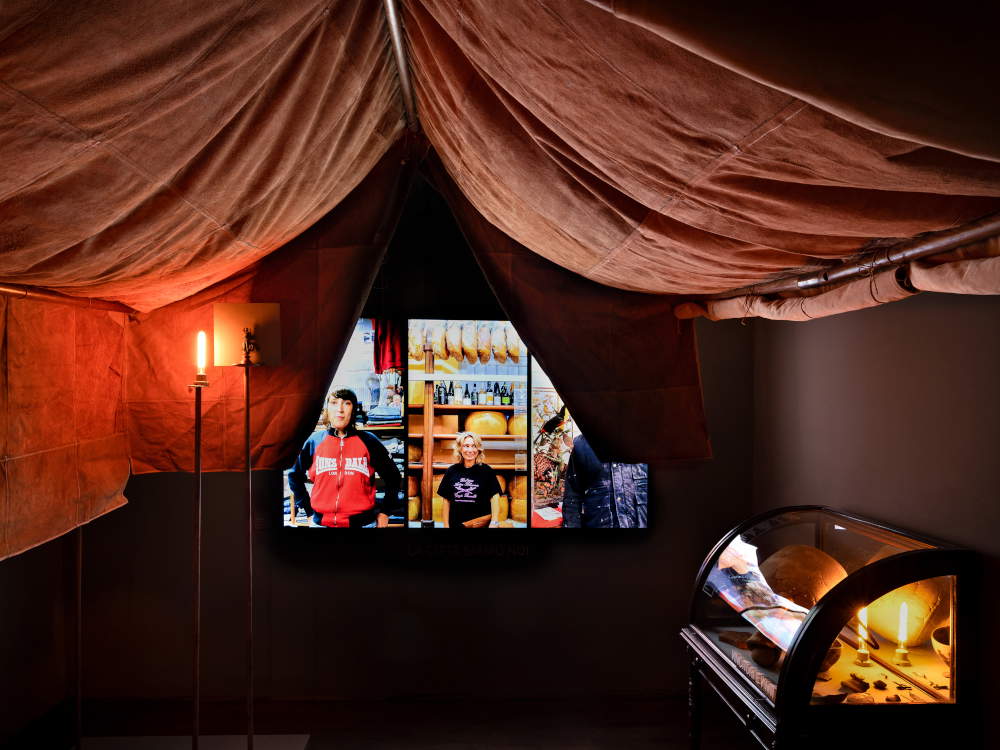
The museum’s “treasures” also make their appearance: the so-called Golden Cup that marks the beginning of the Bronze Age, and further on some women’s jewelry parures resting on translucent cases that allow a glimpse of the silhouettes of the women who wore them; in the same room one can observe the photographs of Sarah Moon and Claudio Parmiggiani’s The Dreamer, all works that suggest the suspended atmosphere between life and death. Again with death has to do with the section devoted to The Seven of Chiozza, skeletons dating back some 6,500 years and found with their grave goods in the necropolis near Scandiano, one of the largest Neolithic burial sites in northern Italy: they can be observed through a mirrored ceiling, to respect their repose. The great protagonist, even today, of the Emilian diet could not be missing: in Porco fa comodo, dried and long-keeping meat - a.k.a. prosciutto - introduces the theme of the journey along the Po River and along those tracks that in Roman times later gave rise to the Via Emilia. The themes of the showcase are many and conclude with the decline of Etruscan culture following the invasion of the Gauls on the plains(Achtung bandits, the title of the showcase), while the Ligurians settled in the mountains and countered the advance of the Romans: the “installment” finale is then entrusted to Fausto Melotti’s Solar Monta (1969-70), a sculpture that, with its references to the myths of Western culture, ideally closes the oldest phase of the territory’s history and looks forward to the dawn of a new era.
Instead, under the reconstruction of the military tent of Marcus Aemilius Lepidus, founder of both Reggio and the Via Emilia, the story of the Romanization of a city that has always been a meeting point and an example of cultural integration begins, as revealed by the faces of the new Reggians projected on large screens. Subsequent rooms then cross “little theaters” that contextualize, through synthetic modalities, the “fundamentals” of Roman civilization: the surveying and centuriation of the territory, the forum, the house, the tavern, until we reach Reggio’s late-ancient treasure trove that testifies to a new cultural and demographic crisis, as well as to the rise of Christianity. On the walls a long photographic sequence comes from Explorations on the Via Emilia, a 1986 project in which Olivo Barbieri, Gabriele Basilico, Luigi Ghirri, Mimmo Iodice and many other authors participated.
Another very unique section is Io sono museo, which unravels through a large diorama of more than 20 meters on the walls of which are displayed the colorful shots from Olivo Barbieri’s Ersatz Lights series that immortalize the scenery of civilized countries, while at the base rests a rich sampling of civic museum collections where works of art are mixedart with photographs, taxidermy, everyday objects and objects from other cultures, pieces of clothing, record covers, inviting visitors to take in some imperatives of the contemporary world: “use me,” “be responsible,” “accept challenges.” It is in essence the concrete translation of the commons archive.
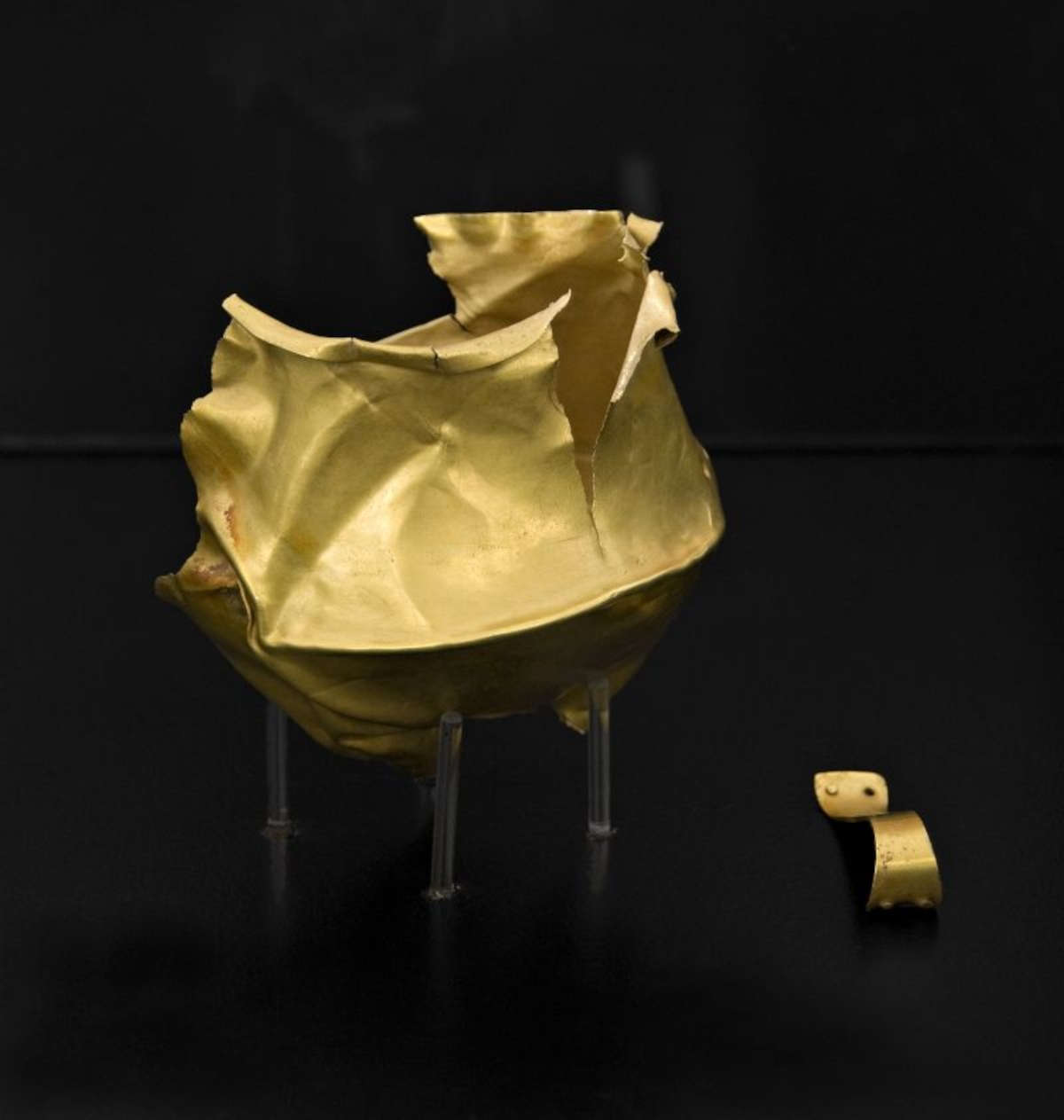
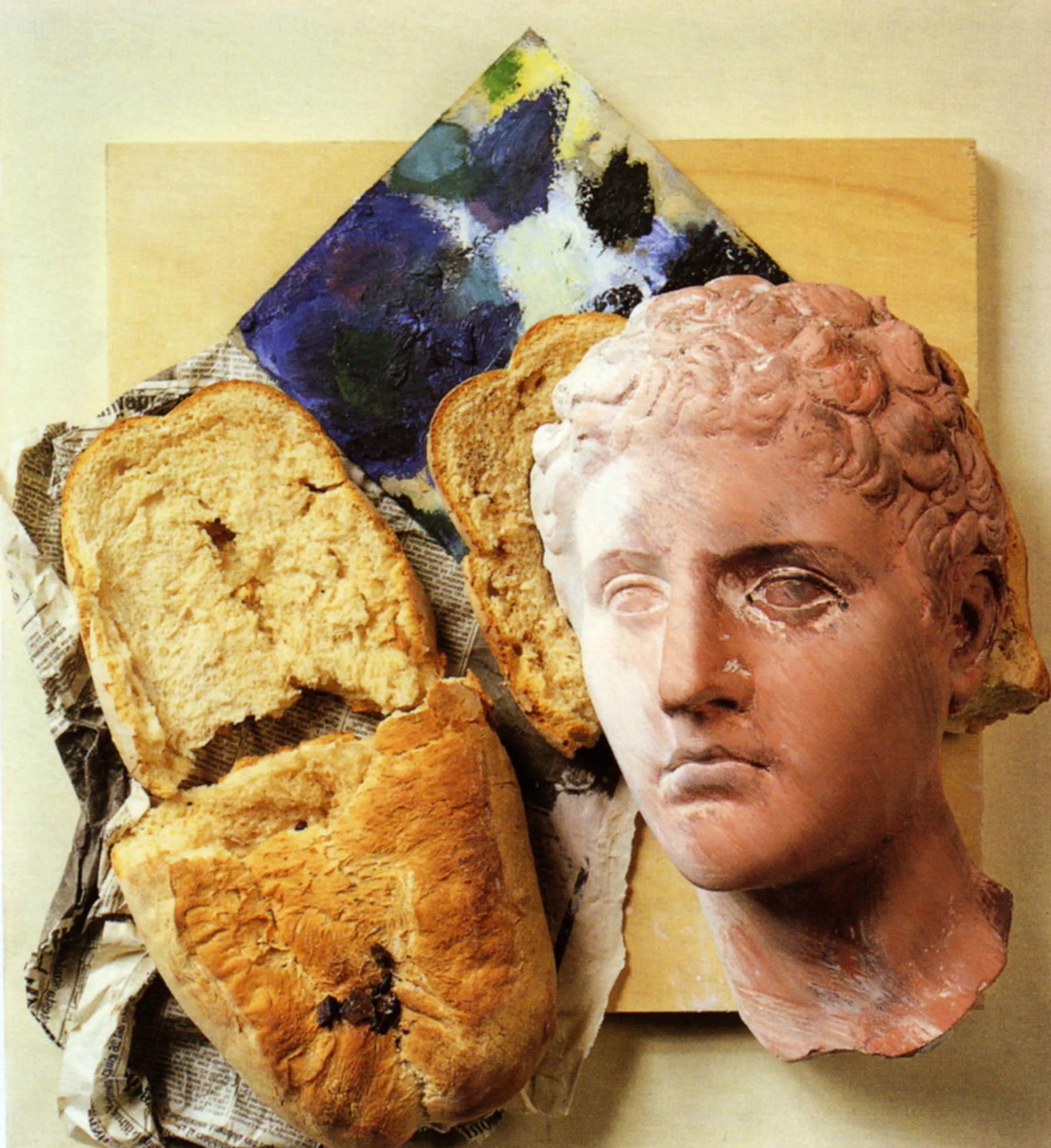

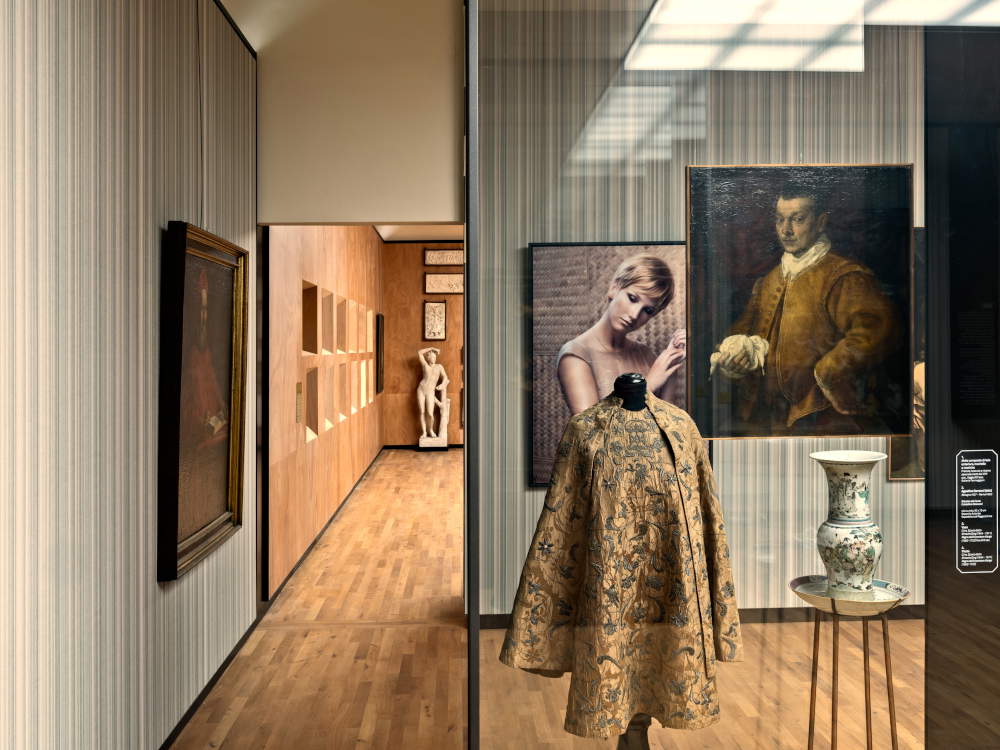
The modern age in Reggio Emilia is marked by the rule of the Este family (lords of Ferrara, Modena and Reggio, in fact, since 1471), and the museum narrative is introduced by an illustrious fellow citizen, Ludovico Ariosto, who was born in the villa known as the Mauriziano in 1474 and whose rare 16th-century edition ofOrlando Furioso is preserved at the Panizzi Library: The combination of the episode of Astolfo on the Moon with the “space” photo from Cristina De Middel’s Afronauts series (2011) is very apt. Then, among the surfaces covered with ad hoc designed wallpaper and boiserie, showcases and monitors unfold, offering historical and artistic readings that are always original. Surrounding the Cantino Map, commissioned in 1502 by Ercole d’Este, is the discourse on the great discoveries of the 15th century, which is supplemented by artifacts from the “other worlds”: the rhinoceros head from Africa, parrots from the Amazon, the court man sumptuously adorned in a 16th-century suit as an emblem of the new conquerors. Among the period paintings arranged on the walls deceives the eye for a moment Correggio’sAdoration of the Shepherds (The Night), obviously a copy: painted between 1525-30 for the church of San Prospero in Reggio Emilia, the masterpiece later ended up in Dresden after the vituperative “sale” decided by Francesco III d’Este.
The seventeenth century wears women’s robes and pays homage on the one hand to the basilica of the Madonna della Ghiara, still a popular place of worship among the people of Reggio, and on the other to the patronage of Reggio’s noblewomen (with the sketch of the Deposition by Palma the Younger), with a focus also on silk processing, an activity that continues to this day in the fashion industry. Period images of the Royal Palace of Rivalta, the development of theater and that of science, and plaster casts of the School of Fine Arts accompany the flow of the 18th century, while the next century is devoted to the figures of artists, with a reconstruction of the atelier of painter Alfonso Clerici, then portraits and self-portraits of artists (one example, that of Carlo Zatti from 1840), thein-depth study on landscape painting the splendid Entrance into a Japanese temple by Antonio Fontanesi (post 1878), an artist who during his stay in the Rising Sun was able to pass on Western skills on oil painting, while from the East he received teachings on the panic relationship with nature; a large painted Japanese screen faces the work. Moreover, a fine exhibition had been dedicated to Fontanesi in 2019, also in the Palazzo dei Musei: however, the little space reserved for him in the permanent exhibition makes one regret the Fontanesi Gallery, which even existed in the old layout and which allowed one to understand the scope of this artist, whose works are now largely relegated to storage.
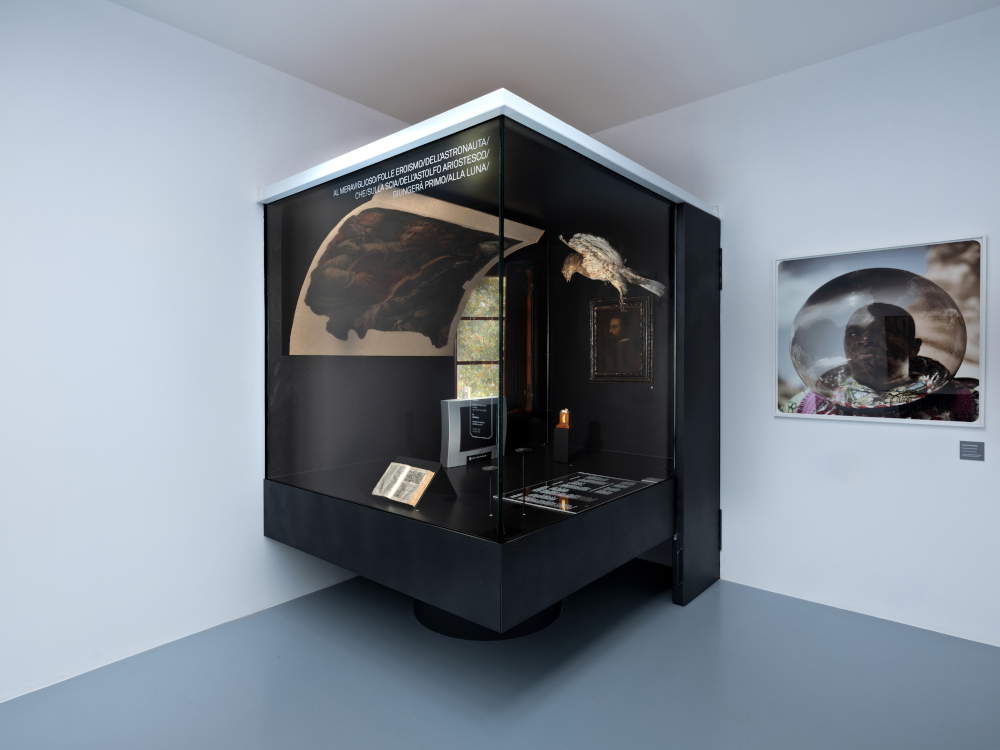
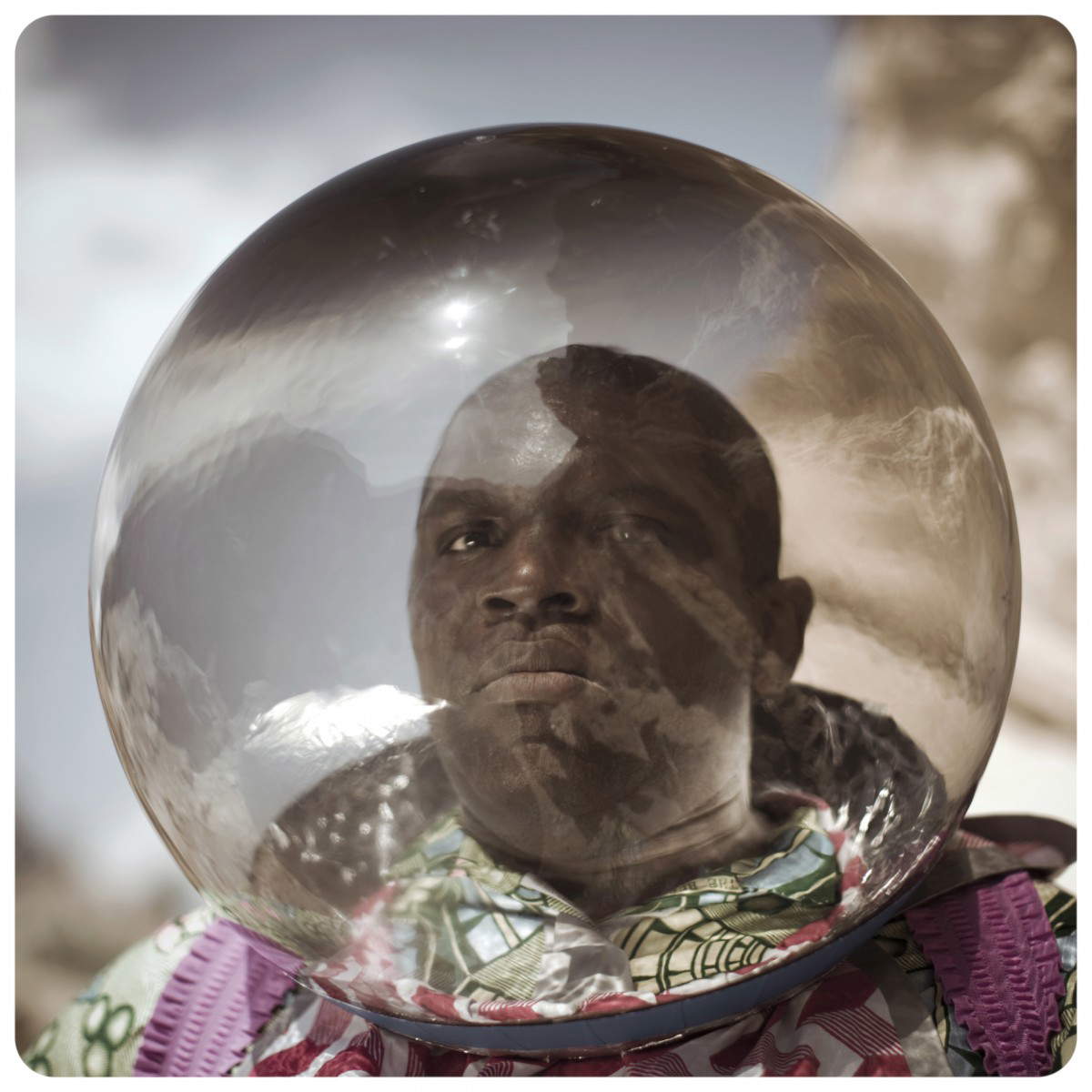
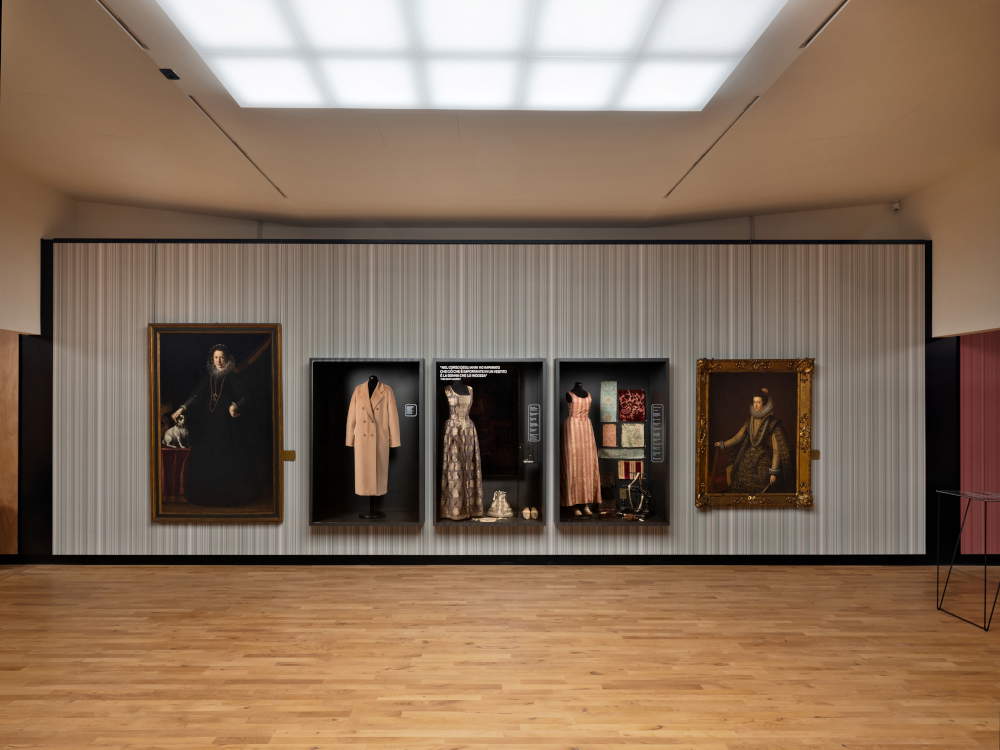
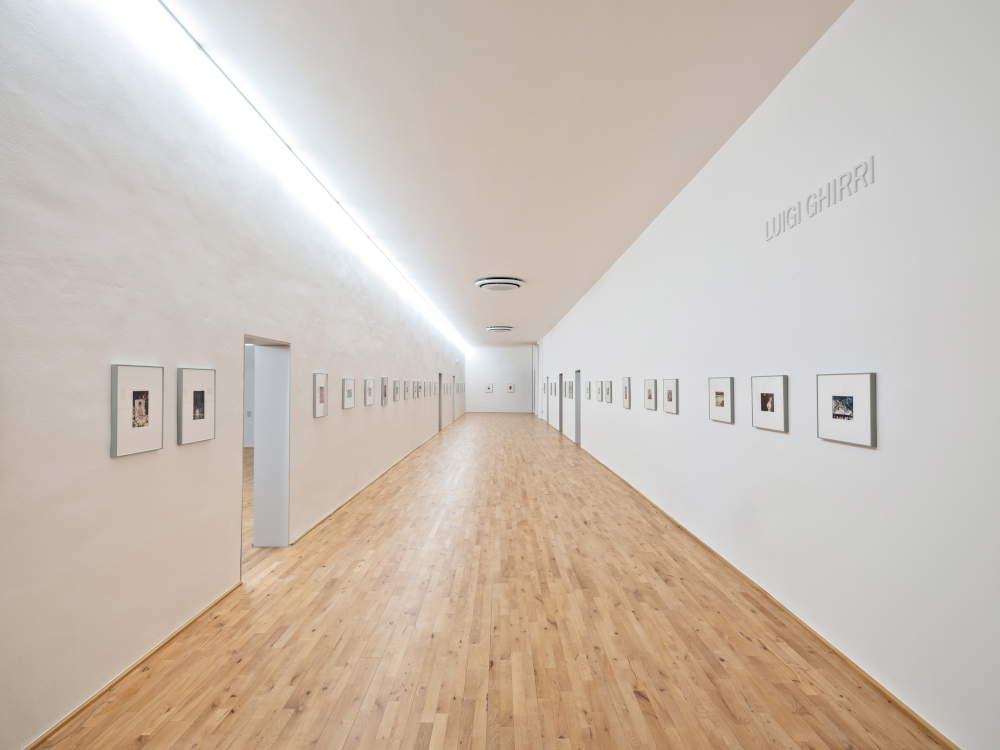
The last episode is titled Photo-Affection and is dedicated to the contemporary, declined through photography: a choice that has raised various criticisms in the city, since the other artistic languages have been practically excluded from the museum and have not - yet - found space in the city. In fact, this core is missed as well. "The method we have given ourselves to deal first of all with the heritage of the citizens has led to the idea of enhancing the collection of works and relationships acquired during the long experience of the Fotografia Europea project [ed. note: now in its twentieth edition]," Farioli again explains in his essay (p. 248). The finale is dedicated to Luigi Ghirri, for whom large rooms have been set aside in which themed exhibitions are held annually: now running until March 1, 2026, is Luigi Ghirri. Lessons in Photography. Design, Exercises and Variations. Luca Capuano and Stefano Graziani. The projects are run in collaboration with the photographer’s very active heirs, and while not questioning the depth of his research, amputating all other expressions of contemporaneity in favor of a single, cumbersome exponent seems to the writer to be really too “radical” (in the future, who knows, a downsizing of its weight in favor of a greater exhibition balance or the setting up of a venue dedicated specifically to Ghirri may be possible).
A mention of the third floor, reserved for workshops, education, temporary exhibitions (it is running until October 26 Against War. Looks and Imaginaries, a project of Emergency, curated by Cheap Street Poster Art). If one room is occupied by Parmiggiani’s aforementioned Cross of Light, guarding a long corridor stands the giant taxidermied sperm whale that arrived in the city in 1938 after a troubled voyage: it is beloved by the people of Reggio Emilia, young and old. But that’s a whole other story!
Warning: the translation into English of the original Italian article was created using automatic tools. We undertake to review all articles, but we do not guarantee the total absence of inaccuracies in the translation due to the program. You can find the original by clicking on the ITA button. If you find any mistake,please contact us.